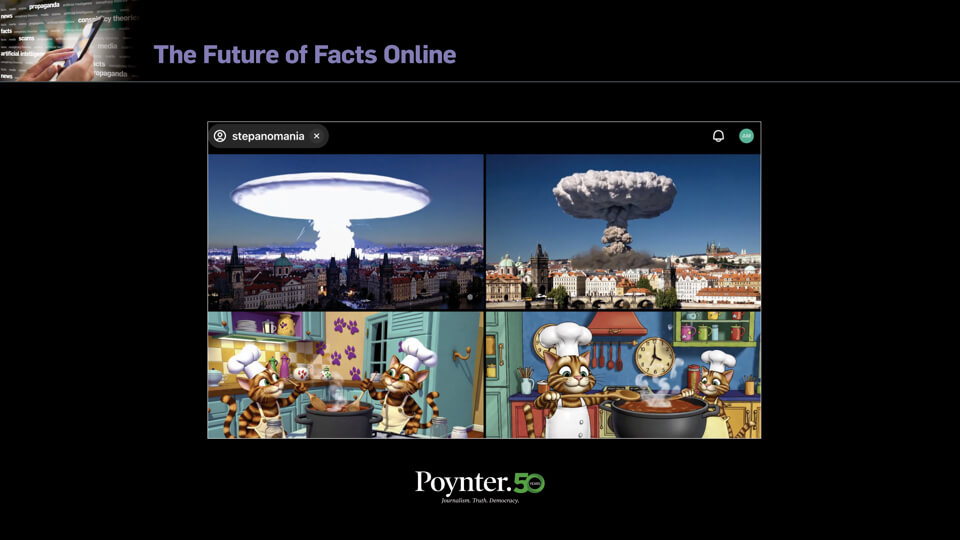Another installment in the tale of newspaper earnings woes kicks off this week. In reports on the second quarter, expect to hear CEOs tout how the growth of digital audience and digital subscriptions is a bright spot.
But I have been harvesting some statistics suggesting that print circulation revenues are far from a side issue for these transforming companies.
Take as Exhibit A The New York Times Co., where digital-only subscriptions now outnumber print by more than two to one, and net additions per quarter, thanks in part to the Trump bump, have been growing by six-figure increments in recent quarters.
So how much of the company’s audience revenue now comes from those digital subs? Thirty one percent of a total of $242 million according to the Times’s first quarter report. In other words, nearly 70 percent of circulation revenue is still print.
In an e-mail interview, chief financial officer James Follo agreed with my math but not with my definitions. The 1 million or so print subscriptions, he wrote, are “all access… whereby subscribers get access to both print and digital products. The majority of those customers use both products, so a portion of that revenue is digital as well.”
There are a pair of interesting strategic implications in what remains of the print-digital revenue split at the Times. A full-rate digital-only subscription is $195 a year. Print subs range in price but go as high as more than $1,000 annually. (The Times does not disclose the mix of introductory and full-price subs in either category).
Even after also factoring for less expensive Sunday-only subscriptions, it clearly takes multiple New York Times digital subs – maybe three or more – to generate the same revenue as one print/all access.
On the other hand, the profit margin, Follo confirmed, is much higher for the digital-only ones. Costs of serving those 2 million-plus subscribers are much lower and the expense of serving an additional subscriber is near zero.
The Times has warned that the recent rate of digital sub growth is slowing, and the company will have more to say about that when it reports second quarter results next Thursday.
So on balance, the aggressive pursuit of digital-only subs and the Times current plan to convert its cooking vertical – like its popular crosswords offering – to a paid product, makes strategic sense.
Nonetheless, the steady decline of print numbers (partly offset by price increases) will be affecting results for years to come.
The Times, of course, is a special case with a worldwide potential market. But the two-audience dilemma echoes through the rest of the industry. The Facebook-Google stranglehold on digital advertising has publishers focused this year on paywalls, membership plans and other initiatives to get a larger share of revenue from digital audiences.
The art and science of selling digital subs advances steadily. A boom in e-mail newsletters creates a great vehicle for showing potential readers enough of a free sample of content that they may be tempted by a trial subscription and ultimately pay full freight.
On a much smaller base, publicly traded chains like Gannett, Tronc and McClatchy have been reporting strong percentages of paid digital subscription growth for the last year.
And yet…a surprisingly robust number of readers still prefer print. John Murray, who tracks audience trends for the News Media Alliance, had fresh statistics in a May presentation to an industry group he shared with me:
*The past week newspaper media audience, print & digital combined, is 62.1% of total adults, down from 69% in Release 1, 2013.
*Past week print readership is 47.1%, down ten points from 2013. Decline sharpest in 35-49 age group
*Millennial audience print/digital in the past week increased slightly (58% from 57%) from…2015, driven by increased mobile usage.
*Just over half (51%) of the newspaper audience in the past week reads newspaper digital content.
*Three-fourths (75%) of the newspaper audience during the week reads a printed copy.
*Nearly three in ten (29%) read both print and digital newspaper content.
Put those numbers together and you still have 44 percent of the print audience not reading a digital version of their local paper.
Changing reader preferences, not to mention the cost of selling and delivering print, logically dictate a focus on growing digital rather than shoring up print.
But once more, print-only looks to remain a distinct and substantial market segment for some time to come.
One more business dimension of print subscriptions (and free distribution print products as well) is their impact on revenue from pre-printed inserts.
Those flyers are a declining but still meaningful source of ad revenue. Inserts are priced, in large part, by the number distributed. Lessened print circulation translates directly into lost ad revenue.
So as you hear over the coming weeks of double-digital percentage declines in print advertising, keep in mind some of that loss really traces to soft print circulation.
And all this makes keeping a news organization’s financial house in order during a time of dramatic business model transformation just that much harder.







